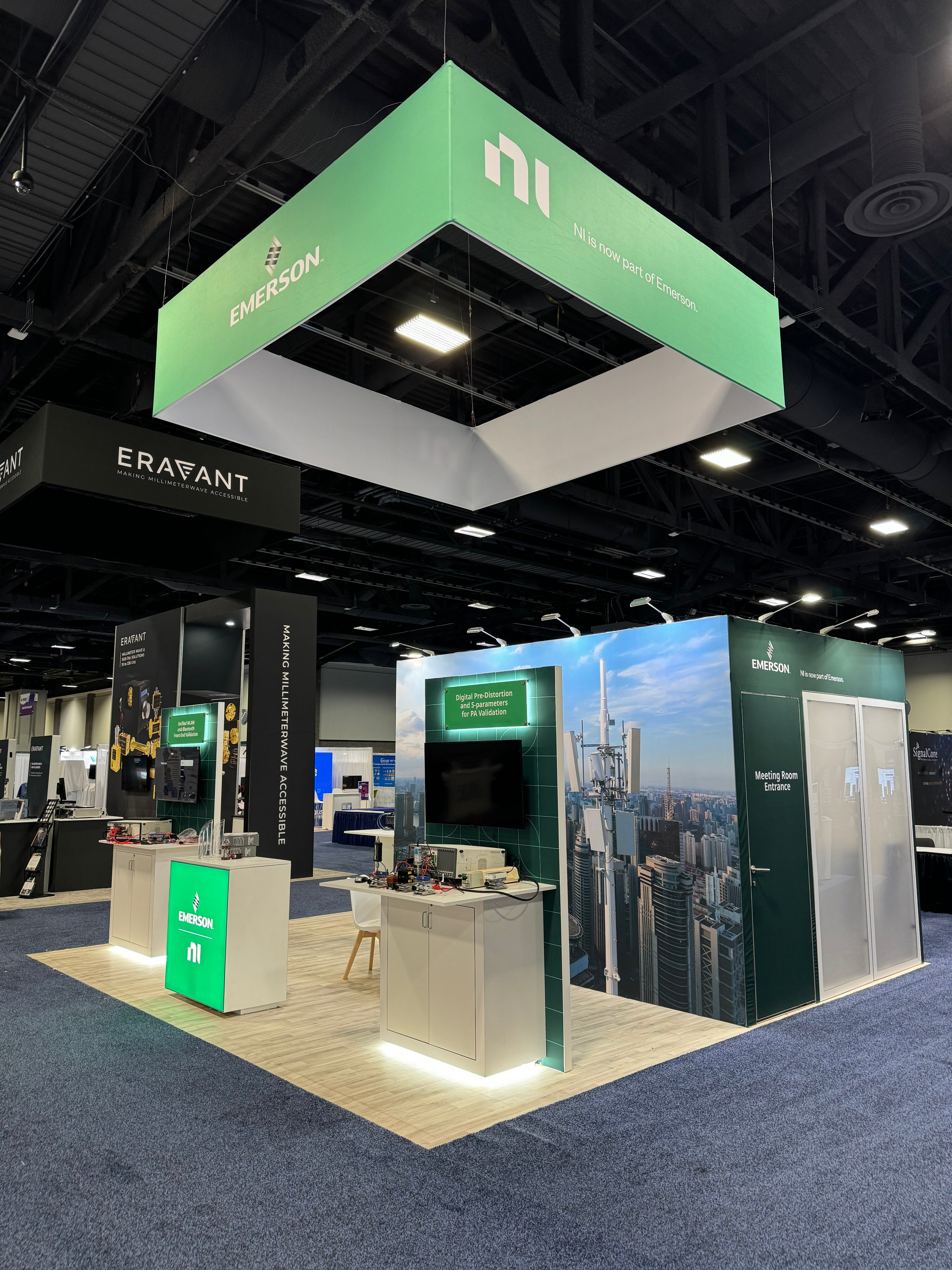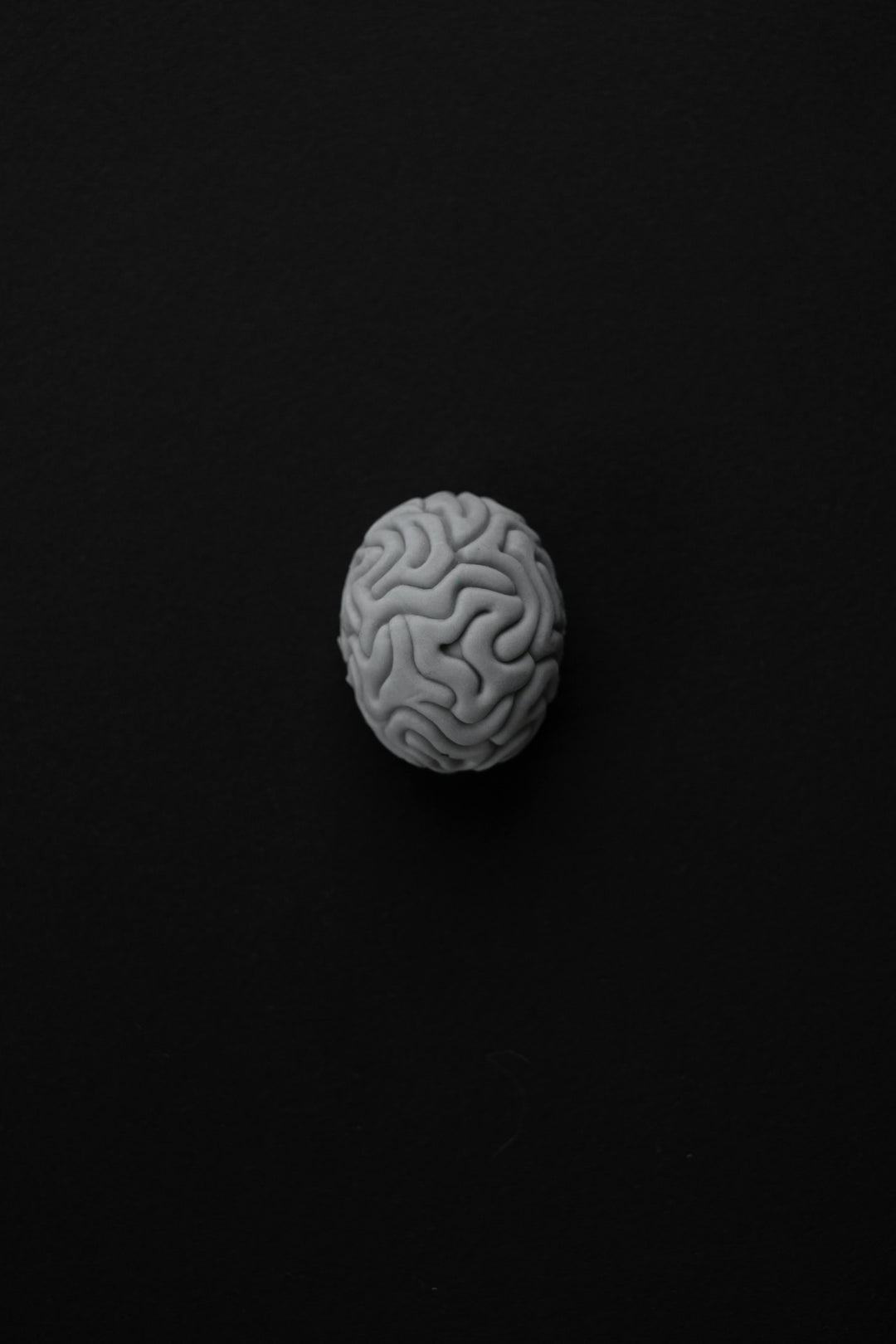Trade shows are dynamic environments where businesses compete for attention in a crowded space. While eye-catching designs and interactive elements are crucial, an often-overlooked aspect of trade show success is booth layout. The strategic placement of key elements within your exhibit can significantly impact visitor engagement, lead generation, and brand recall.
In this article, we'll explore the psychology behind booth layout, discuss best practices for optimizing engagement, and provide actionable insights to help you design a booth that maximizes impact.
Understanding Visitor Psychology
Trade show attendees are bombarded with stimuli from every direction. To effectively capture and maintain their attention, you need to design a layout that aligns with natural human behaviors and movement patterns. Here are key psychological principles that influence booth engagement:
1. The Power of First Impressions
Studies show that it takes just seven seconds for visitors to form an impression of your brand. Your booth's front-facing design, signage, and initial visual appeal should immediately convey your value proposition. A clean, well-organized booth with strong branding ensures that attendees feel compelled to stop and explore further.
2. Natural Movement Patterns (The "Z" and "F" Patterns)
Visitors tend to scan booths in predictable ways, often following "Z" or "F" viewing patterns:
-
Z-Pattern: Eye movement follows a left-to-right, diagonal motion, making top-left and top-center spaces ideal for critical messaging.
-
F-Pattern: Common in text-heavy layouts, visitors focus on the upper-left quadrant first, then scan downward.
Understanding these patterns allows you to place high-impact content strategically, ensuring your messaging gets noticed.
3. The Open vs. Closed Layout Debate
An open layout encourages accessibility and foot traffic, making visitors feel welcome. Open designs with fewer barriers create an inviting atmosphere, fostering casual interactions. A closed layout, on the other hand, creates an exclusive atmosphere but may deter casual foot traffic. The choice depends on your engagement goals and target audience. For example, luxury brands may opt for a closed, intimate space to create a VIP experience, while tech companies might prefer an open format that allows hands-on product interaction.
Key Booth Layout Strategies for Maximum Engagement
1. Optimize the Entrance and Exit Points
Your booth should feel inviting from the moment attendees approach. Ensure that entrances are wide and unobstructed to prevent bottlenecks. Use flooring contrasts, archways, or lighting to subtly guide visitors inside. The positioning of entrance points should align with high-traffic flow areas on the trade show floor.
2. Strategic Placement of Key Elements
Position your booth's core components based on visitor flow and psychological impact:
-
Signage and Branding: Place your main branding at eye level, preferably at the top-left or center of your display.
-
Product Demos and Interactives: Position high-engagement elements where foot traffic naturally slows down (e.g., corners or central areas of your booth).
-
Reception and Staff Placement: Your team should be positioned near, but not directly at, the entrance to encourage organic engagement without feeling intrusive.
3. Use the Rule of Three for Engagement
Psychologists suggest that humans naturally group objects in threes. Organize your booth’s elements into three focal points:
-
Visual Hook (e.g., LED screens, large graphics)
-
Engagement Zone (e.g., product demos, interactive kiosks)
-
Conversion Area (e.g., lead capture stations, sales counters)
Using this approach helps maintain visitor interest and ensures they progress smoothly through your booth experience.
4. Leverage Color and Lighting Psychology
Colors evoke emotions and impact decision-making. Use:
-
Blue for trust and professionalism
-
Red for urgency and excitement
-
Green for eco-conscious brands
-
Orange and Yellow for energy and friendliness
Lighting should accentuate key areas, highlight pathways, and create depth. Warm lighting invites visitors, while focused spotlights emphasize products. Dimmable lighting options allow you to adjust the ambiance depending on crowd density and engagement needs.
5. Create Multi-Sensory Experiences
Engagement is not just visual. Integrate:
-
Soundscapes (background music, product sounds)
-
Tactile Elements (interactive displays, textured surfaces)
-
Scent Marketing (subtle fragrances associated with your brand)
A multi-sensory experience leaves a lasting impression and increases brand recall long after the trade show ends.
6. Incorporate Social Proof and Live Demonstrations
Seeing other attendees engaged fosters trust and curiosity. Display customer testimonials, case studies, or a live demo schedule to build credibility and interest. Live product demonstrations create an opportunity for real-time Q&A, increasing the likelihood of conversions.
7. Encourage Visitor Interaction with Gamification
Gamification can enhance visitor engagement by making the experience fun and memorable. Consider:
-
Spin-the-Wheel Contests with prizes
-
Leaderboards for high-score challenges
-
Augmented Reality (AR) Experiences that encourage deeper engagement
When visitors are actively involved in an experience, they spend more time in your booth and are more likely to remember your brand.
Common Booth Layout Mistakes to Avoid
Even the best designs can falter due to layout missteps. Avoid these common pitfalls:
-
Cluttered Spaces: Overcrowding can overwhelm visitors and reduce engagement.
-
Poorly Placed Staff: Employees blocking the entrance can deter walk-ins.
-
Neglecting Storage Areas: Exposed clutter or supplies can appear unprofessional.
-
Lack of Seating or Rest Zones: Attendees appreciate a comfortable space to engage with your brand.
Measuring Booth Layout Success
To assess whether your layout is effective, track these key metrics:
-
Dwell Time: How long do visitors stay in your booth?
-
Engagement Rate: How many attendees interact with your team or products?
-
Lead Capture Efficiency: How many qualified leads are collected per event?
Use heat maps, RFID tracking, or attendee surveys to gather insights and refine future booth designs.
Final Thoughts: Elevate Your Trade Show Presence with KSM Exhibits
A well-designed booth layout is more than aesthetics—it’s a strategic tool that influences visitor behavior, maximizes engagement, and drives conversions. At KSM Exhibits, we specialize in custom trade show booth rentals and fabrication, helping businesses craft experiences that captivate and convert.
Ready to optimize your trade show impact? Contact us today to discuss your next booth design!
By following these psychological principles and best practices, you can create a trade show booth layout that not only attracts attention but also encourages meaningful interactions with potential customers. Let KSM Exhibits be your trusted partner in transforming your trade show presence into a powerful marketing tool.





